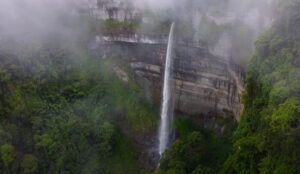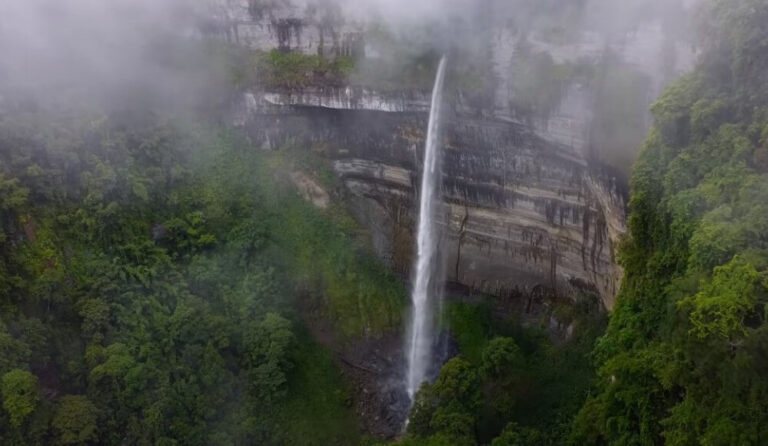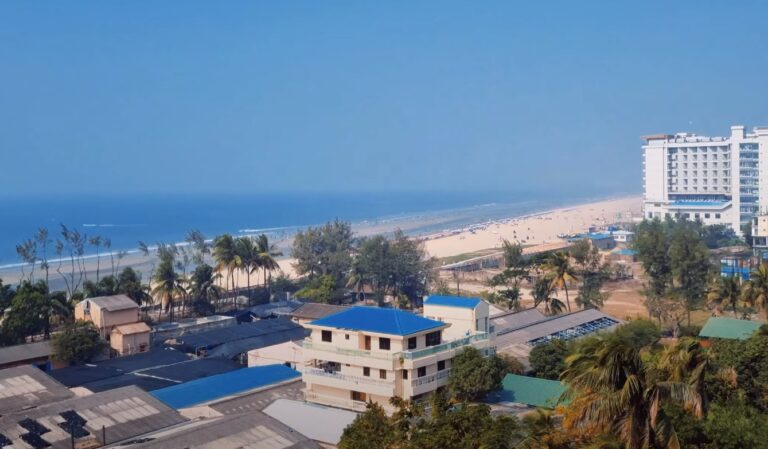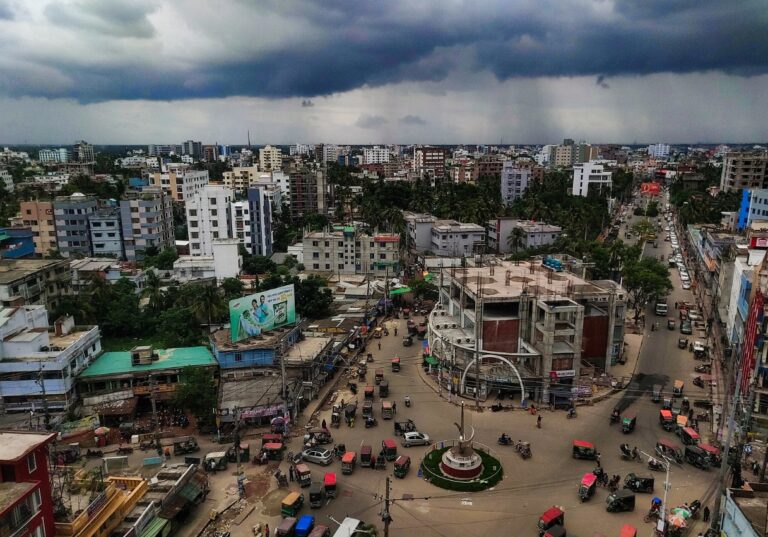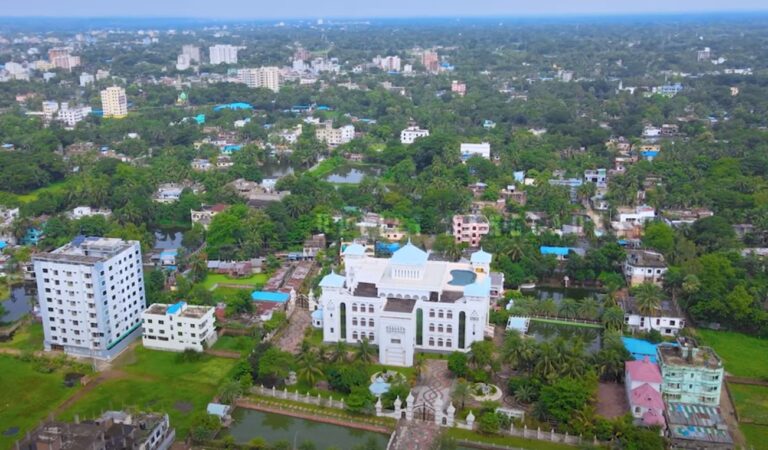
The Bay of Bengal, a majestic expanse in the northeastern Indian Ocean, is renowned for its vast area, strategic location, and ecological significance.
Encompassing about 839,000 square miles, it’s a pivotal geographic, economic, and environmental region, consisting of beautiful islands, including St. Martin’s, Sandwip, Car Nicobar, Chowra, And Sagar island.
Today, I will touch on the multilayered importance of the Bay of Bengal, shedding light on its depth, geographical significance, and historical relevance.
Key highlights:
Geographical and Environmental Significance
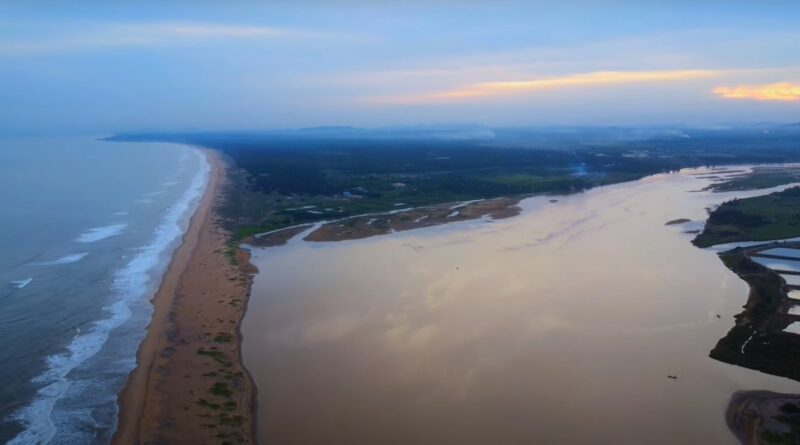
The Bay of Bengal is remarkable for its size and depth.
With an average depth of over 8,500 feet and reaching a maximum depth of 15,400 feet, it’s one of the world’s largest and deepest bay areas.
This depth plays a crucial role in regional climate patterns and marine biodiversity.
A Confluence of Major Rivers
Several significant rivers, including the Ganges, Brahmaputra, Mahanadi, and Godavari, meet the Bay of Bengal.
This confluence creates a unique ecosystem, influencing the salinity and sedimentation patterns in the bay.
Monsoon Impact and Cyclonic Activity
The bay is pivotal in shaping the monsoon seasons in the region. It witnesses a northeast monsoon from November to April and a southwest monsoon from June to September.
Moreover, it’s a hotspot for cyclones, which are a crucial part of its climatic identity.
Economic Importance
- A Hub for Fisheries: The Bay of Bengal supports a thriving fishing industry. It’s home to diverse marine life, sustaining both small-scale local fisheries and larger commercial ventures.
- Oil and Natural Gas Reserves: Offshore petroleum and natural gas discoveries have bolstered the economic significance of the bay, attracting global attention and investment.
- A Vital Trade Route: The bay serves as a crucial maritime corridor for tankers traveling from the Persian Gulf to the Strait of Malacca, underlining its strategic importance in international trade.
Historical and Cultural Relevance
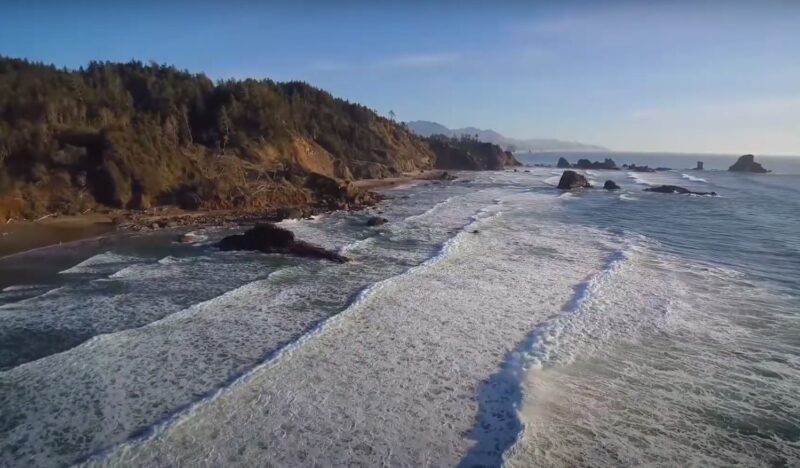
A Crossroad of Civilizations
Historical records reveal that Indian and Malayan navigators have been traversing the Bay of Bengal since the 2nd century AD.
This points to its longstanding role as a connector of cultures and economies.
The Era of Maritime Dominance
From the Southern Song dynasty‘s maritime dominance to Vasco da Gama‘s arrival in 1498, the bay has been a stage for significant historical events, shaping the region’s cultural and political landscape.
Scientific Exploration and Study
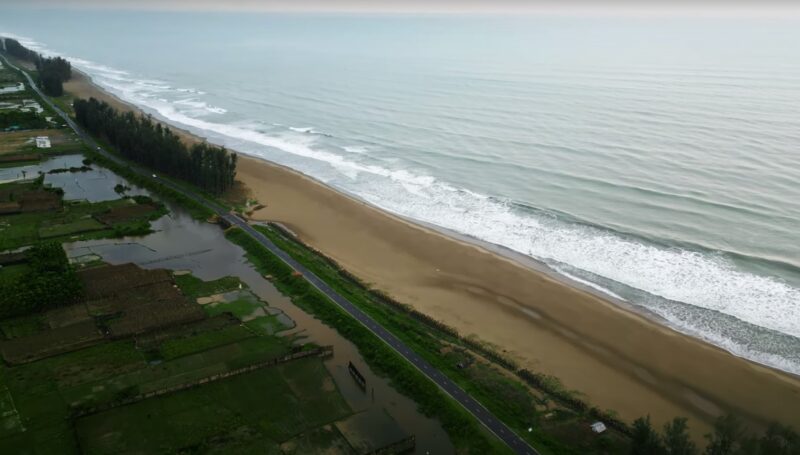
Advancements in Oceanography
The 20th century saw increased scientific interest in the Bay of Bengal.
The National Institute of Oceanography in India, among other organizations, has played a vital role in advancing our understanding of this marine region.
Environmental Dynamics
Ongoing research focuses on the bay’s unique physical properties, including temperature variations, salinity levels, and seasonal surface movements.
These studies are critical in understanding global environmental patterns.
A Cradle of Biodiversity

Marine Life and Ecosystems
The Bay of Bengal is a body of water and a cradle for diverse marine ecosystems.
Its extensive area and varying depths create habitats for a wide range of marine species.
This biodiversity is not only crucial for the ecological balance but also supports the livelihoods of millions who depend on fishing.
Conservation Challenges
The bay faces environmental challenges, including pollution and overfishing. The influx of river waters brings in pollutants, impacting marine life.
The challenge is to balance economic needs with ecological preservation.
Socio-Economic Impact on Surrounding Regions
- Lifeblood of Coastal Communities: For communities along its coast, in countries like India, Bangladesh, and Myanmar, the Bay of Bengal is more than a geographical feature—it’s a source of livelihood, food, and cultural identity. Fishing and related industries form the backbone of local economies.
- Tourism and Recreation: The scenic beauty and rich cultural history of the Bay of Bengal region make it a popular destination for tourists. From pristine beaches in Sri Lanka to historic sites along the Indian coast, the bay enhances the tourism potential of these areas.
Strategic and Political Significance
Geopolitical Importance
The strategic location of the Bay of Bengal, connecting South Asia with Southeast Asia and beyond, makes it a key area of geopolitical interest. It’s a focal point for regional cooperation and competition, especially in terms of maritime security and control over sea routes.
Military Presence and Naval Exercises
The bay is also significant for military strategies. Naval exercises and patrols by countries bordering the bay underscore its importance in regional security dynamics.
Climate Change and Its Impact on the Bay

- Vulnerability to Climate Change: As a semi-enclosed tropical bay, it’s particularly vulnerable to the effects of climate change. Rising sea levels and changing weather patterns pose a threat to the delicate ecological balance of the region.
- Role in Climate Research: The Bay of Bengal is an important area for climate research. Knowing how it responds to global warming can provide insights into broader climatic phenomena.
Sustainable Development Goals
The future of the Bay of Bengal hinges on sustainable development. Balancing economic growth with environmental conservation is key.
This includes sustainable fishing practices, pollution control, and protecting marine biodiversity.
Regional Cooperation
There’s a growing need for regional cooperation among the countries bordering the bay.
Collaborative efforts in areas like disaster management, environmental protection, and maritime security are essential for the bay’s sustainable future.
FAQs
What unique marine species can be found in the Bay of Bengal?
The Bay of Bengal is home to unique species like the Olive Ridley sea turtle, the Irrawaddy dolphin, and various types of sharks and rays.
It’s a region of significant marine biodiversity.
Are there any unique cultural practices related to the Bay of Bengal among local communities?
Yes, many coastal communities have unique cultural practices linked to the bay.
For example, in parts of India and Bangladesh, there are traditional fishing rituals and festivals that celebrate the sea and its bounty.
How does the Bay of Bengal affect the weather patterns in its surrounding regions?
The Bay of Bengal significantly influences the monsoon system in South Asia.
It acts as a heat reservoir, playing a crucial role in the onset and intensity of monsoons in India, Bangladesh, and neighboring countries.
Are there any significant archaeological sites in the Bay of Bengal?
While the bay itself is primarily known for its ecological and geographical significance, the surrounding regions are rich in archaeological sites.
These include ancient ports and coastal settlements that hint at the bay’s historical importance in trade and culture.
Has the Bay of Bengal been affected by global warming?
Yes, the Bay of Bengal is affected by global warming. Rising sea temperatures have impacted marine life and ecosystems, and the increased frequency of extreme weather events like cyclones is also attributed to climate change.
Is the Bay of Bengal important for global navigation and shipping?
Absolutely. The Bay of Bengal is crucial for international shipping, particularly for routes connecting the Persian Gulf with Southeast Asia and the Far East. Its strategic position makes it a vital maritime route for global trade.
Final Words
The Bay of Bengal, with its vast expanse, deep waters, and rich history, stands as a testament to nature’s grandeur and humanity’s enduring spirit of exploration.
Its significance extends beyond geographical boundaries, influencing climatic patterns, supporting rich biodiversity, and serving as a bridge between various cultures and economies.
As we continue to unravel the mysteries of the Bay of Bengal, its importance in the global narrative remains undiminished, a symbol of the intricate interplay between nature and human civilization.
Related Posts:
- Why is Cox's Bazar Famous? - Where Beauty Meets History
- How You Can Spot the Bengal Tiger at Wildlife…
- Why You Should Visit Dhaka - My Personal Guide to…
- Top 10 Places To Visit in And Around Kuakata in 2023
- 10 Best Things to Do in Khulna City in 2023 - A…
- Top 13 Cultural Festivals in Bangladesh - When and…








